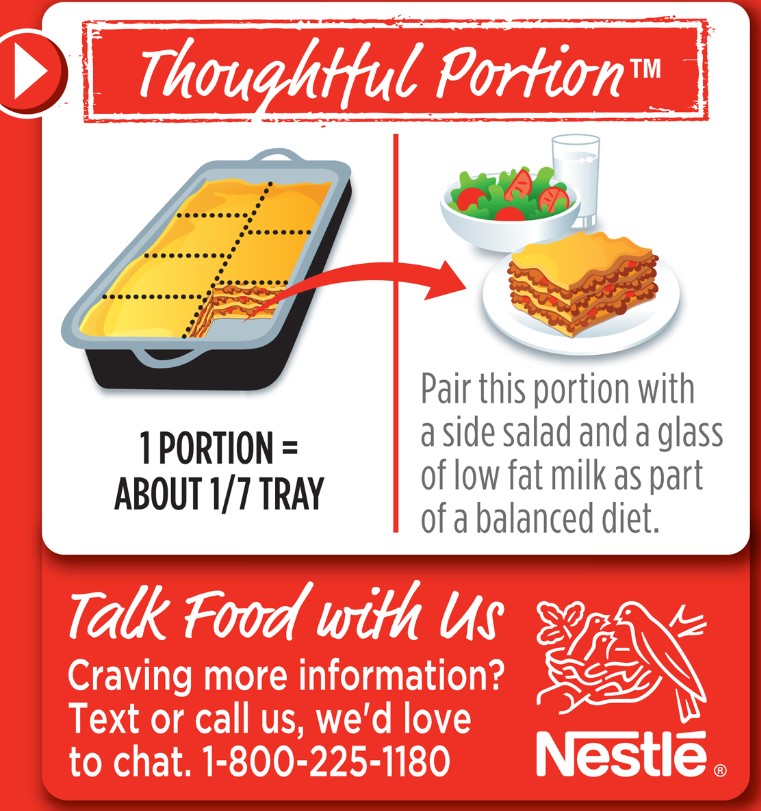In an age where information flows freely, the concept of nutrition literacy has emerged as a crucial tool for individual well-being. Nutrition literacy is defined as “the degree to which individuals have the capacity to obtain, process, and understand nutrition information and skills needed in order to make appropriate nutrition decisions.” 1
It goes beyond simply knowing how to identify calories in foods; rather it includes the ability to critically evaluate information about food and make informed decisions. In a world grappling with increasing rates of obesity and diet-related chronic diseases. promoting nutrition literacy is critical.
It goes beyond simply knowing how to identify calories in foods; rather it includes the ability to critically evaluate information about food and make informed decisions. In a world grappling with increasing rates of obesity and diet-related chronic diseases. promoting nutrition literacy is critical.
In addition to information gathering, nutrition literacy is about understanding the broader context of food such as understanding the relationship between diet and health, recognizing the cultural and social aspects of eating, and appreciating the environmental implications of our food choices. As nutrition educators, we strive to improve literacy in all aspects of nutrition. We play a pivotal role in shaping nutrition literacy across the lifecycle. One of our biggest challenges, however, is the massive amounts of nutrition misinformation bombarding consumers on a regular basis. Because of the internet and social media, misinformation spreads all too quickly, making it difficult for individuals to discern credible sources. By translating nutrition science into easily understandable messaging and integrating nutrition concepts into everyday situations early on, we equip consumers with the skills needed to eat healthfully, paving the way for healthier habits, and reducing the risk of diet-related diseases.
The importance of nutrition literacy cannot be understated as it has been found to be a significant predictor of diet quality. 2
But how do we assess nutrition literacy? Gibbs et al. established the reliability and validity of the Nutrition Literacy Assessment Instrument (NLit) in adults with chronic disease. 2
Currently, though, there isn’t much more in the scientific literature that specifically addresses nutrition literacy. This is where we come in! Nutrition educators facilitate nutrition literacy at various levels of influence, encompassing individuals, families, and institutions, and extending further to the broader environment.
But how do we assess nutrition literacy? Gibbs et al. established the reliability and validity of the Nutrition Literacy Assessment Instrument (NLit) in adults with chronic disease. 2
Currently, though, there isn’t much more in the scientific literature that specifically addresses nutrition literacy. This is where we come in! Nutrition educators facilitate nutrition literacy at various levels of influence, encompassing individuals, families, and institutions, and extending further to the broader environment.
As a multi-faceted concept that goes beyond knowing the basics of nutrition, nutrition literacy involves making informed choices in a world inundated with dietary information, good and bad. By promoting nutrition literacy from a young age nutrition educators can work toward a healthier and more empowered society with equal access to food resources. To do this though, we have to address food disparities and digital literacy which are integral parts of the nutrition literacy equation.
What is so amazing about our field is that we already design and implement programs that are inclusive and take into consideration socioeconomic factors and cultural diversity to ensure that the benefits of such initiatives are accessible to all. This issue is filled with examples of how we understand the specific needs of diverse populations and provide practical applications of how nutrition educators can use it to develop programming that promotes nutrition literacy. JNEB wants your papers focusing on nutrition literacy so please read our call for papers at https://www.jneb.org/cfp.
References
-
Increasing nutrition literacy: testing the effectiveness of print, web site, and game modalities.
J Nutr Educ Behav. 2008; 40: 3-10
-
The Nutrition Literacy Assessment Instrument is a Valid and Reliable Measure of Nutrition Literacy in Adults with Chronic Disease.
J Nutr Educ Behav. 2018; 50: 247-257.e1
continue reading
Related Posts
SNAP continues to be in the news… Louisiana’s SNAP waiver
Weight loss drugs continue to garner attention and shelf space
Society for Nutrition Education and Behavior Welcomes Susan Stephenson-Martin as 2025-2026 President
INDIANAPOLIS (July 2025) – The Society for Nutrition Education and



